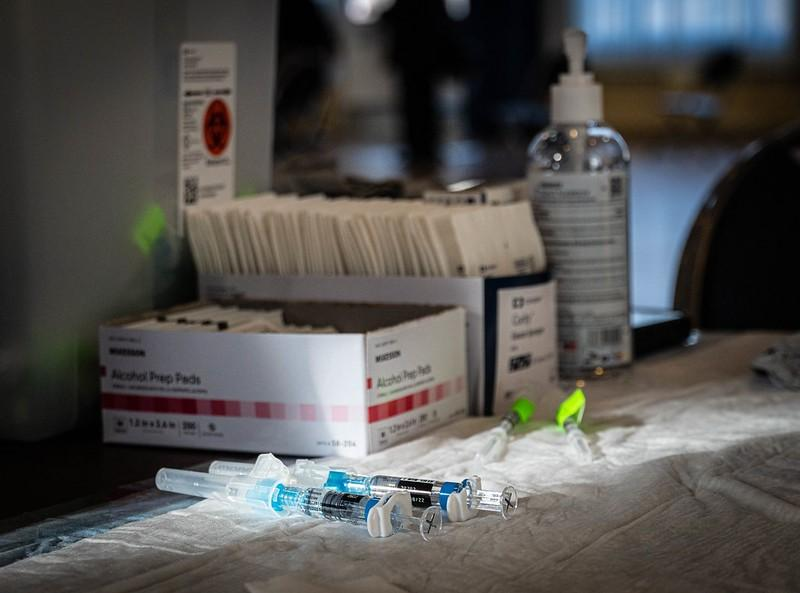
Antibiotics found in the top oceanic surface layer can contribute to antimicrobial resistance and have negative ecologic effects, according to research presented late last week at the annual meeting of the American Society for Microbiology (ASM) in Atlanta.
Scientists evaluated the susceptibility and resistance of marine bacteria to the antibiotics ofloxacin, clindamycin, clarithromycin, and novobiocin on bacterial diversity in the sea surface microlayer in Jade Bay in the southern North Sea in Germany, the ASM press release said.
58% to 100% of bacteria resistant
A total of 70% of marine bacteria were resistant to ofloxacin, 95% to clindamycin, 58% to clarithromycin, and 100% to novobiocin. Novobiocin was most highly concentrated in the sea samples.
The researchers found more bacteria in samples taken from the sea surface microlayer than in the water below, even when they added different amounts of the antibiotic ciprofloxacin to the samples. The number of bacteria in the samples fell as ciprofloxacin concentration rose, but over time the bacteria proliferated when levels of ciprofloxacin were high, which the team said shows growing resistance.

















